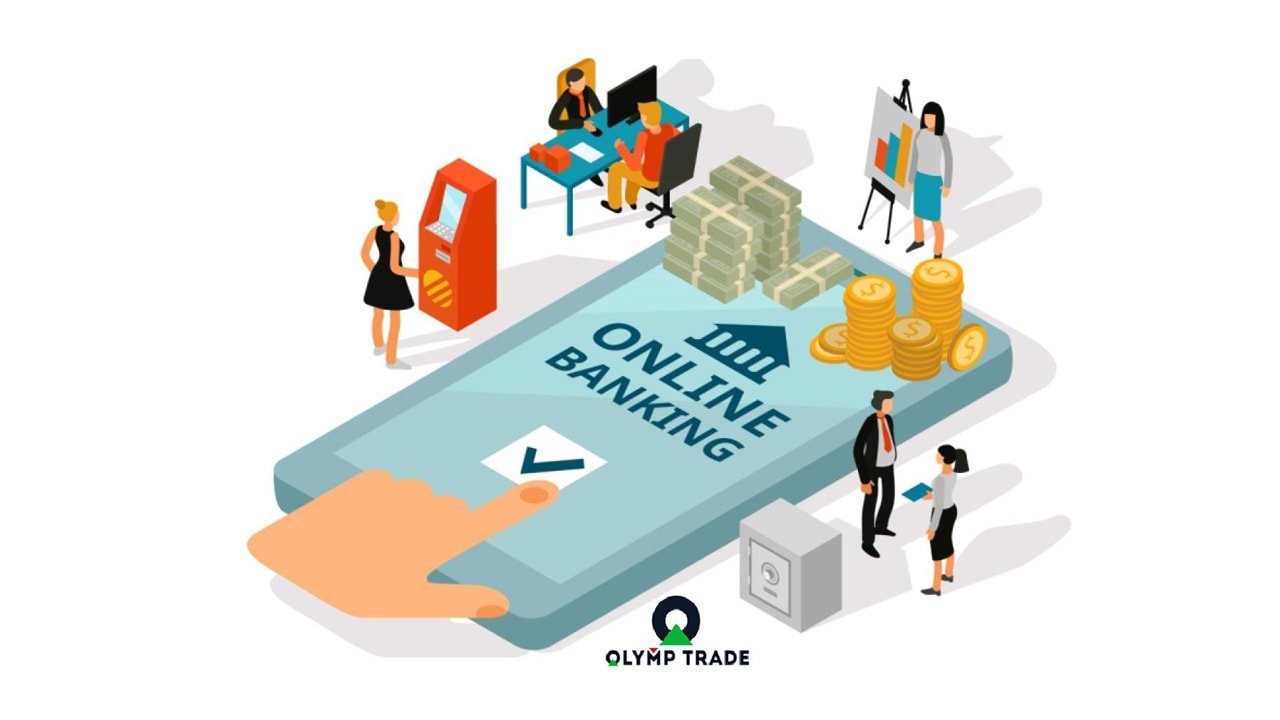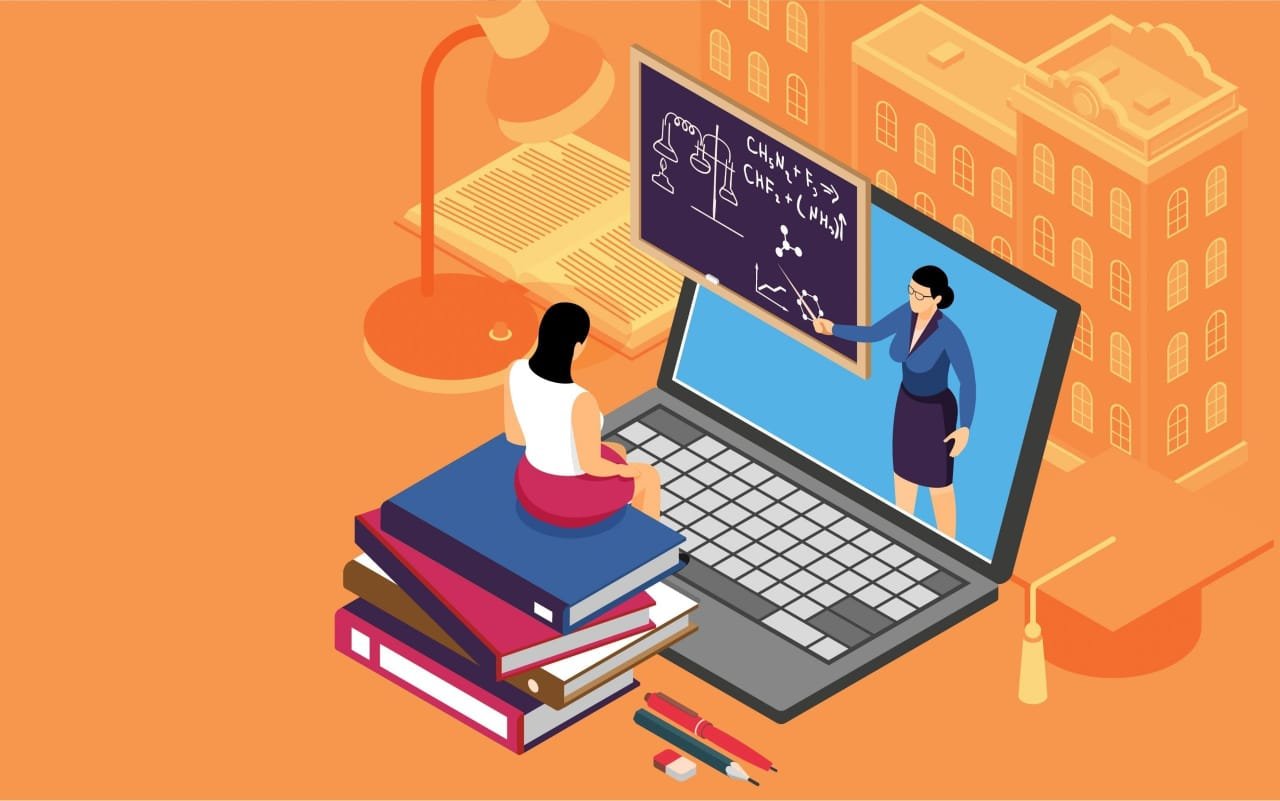Table of Contents
- Introduction
- What is Minicomputer ?
- A Minicomputer, also known as a Mini, is a type of small computing device. It was created in the mid 1960s and possesses all the features and functionality of a large computer, but in a smaller size. It falls between mainframe and microcomputer systems in terms of size.
- Minicomputers are capable of multiprocessing as they consist of two or more processors. They find utility in organizations for essential functions like billing, accounting and inventory management.
- The term “minicomputer” was coined to describe these smaller computers that incorporate transistor and core memory technologies.
- Within the realm of computers, there are various classes with distinct software architectures and operating systems. The minicomputer specifically emerged to handle computing tasks such as calculations, record storage, controls, human interactions and more.
- Uses of Minicomputer
- When individuals utilize a minicomputer, they connect their own terminal to it either through wires or a modem. It’s important to note that a terminal is not a computer in itself; rather, it consists of just a keyboard and monitor. The minicomputer dedicates some time to each person’s task before moving on to the next one, prioritizing tasks based on importance. If you’re the sole user of a minicomputer, you’ll experience impressive speed.
- However, as more users join the system, things start to slow down. You might find yourself waiting for a minute or even longer after typing something before seeing any response on the screen. In the past, minicomputers were the go to choice for companies. Nowadays, many businesses are opting for networks of personal computers as they offer faster and more cost effective solutions.
- Minicomputers served three main purposes;
- Process control; Companies primarily used minicomputers for controlling manufacturing processes. Process control involves two key functions; data acquisition and feedback. For example, factories employ minicomputers to oversee their manufacturing processes and promptly make necessary adjustments if any issues arise.
- Communication
- Minicomputers serve as a bridge between the human operator and a larger processor. With the assistance of a minicomputer, users can perform tasks like error checking and make necessary adjustments using the device.
- Additionally, minicomputers find applications in various areas including;
- Scientific computations.
- Business transaction processing.
- Minicomputers are commonly used for engineering calculations.
- Characteristics of a minicomputer
- Here are some key characteristics of minicomputers;
- They have a smaller size compared to mainframes or supercomputers.
- Minicomputers are more affordable than mainframes or supercomputers.
- While not as powerful as mainframes or supercomputers, they offer more power than microcomputers and workstations.
- Minicomputers have the capability to handle multiple tasks simultaneously.
- They can be utilized by multiple individuals at the same time, making them suitable for small enterprises.
- Applications of minicomputer
- Minicomputers find applications in various areas, including;
- Business accounting has extensively utilized minicomputers.
- By creating a network of minicomputers, large libraries with different branches can establish their own internal network, which can be even more powerful than those managed by larger computer installations.
- Sub departments within companies often use minicomputers to offload tasks from mainframe computers.
- Traditional information handling areas where minicomputers have been employed include circulation, cataloguing, series control, management, acquisitions, communications and information retrieval.
- Advantages of minicomputer
- Advantages of minicomputers;
- Disadvantages of minicomputers;
- Some minicomputers lack USB ports.
- There is no CD/DVD drive available on minicomputers.
- Users may not be familiar with the operating system used.
- The keyboard size may pose challenges for fast typists.
- Generally, there is limited onboard storage capacity.
- Some projects may require a larger computing device.
- Conclusion :
- Additional FAQ
- 1.Who invented the minicomputer?
- The birth of the minicomputer can be attributed to Seymour Cray, who is renowned for his work in building supercomputers. Interestingly, he also played a significant role in designing the CDC 160, which was one of the pioneering minicomputers.
- 2.When did the era of minicomputers begin?
- The term “minicomputer” typically refers to small and affordable computers that were primarily developed during the 1960s and early 1970s with a focus on laboratory usage. The Digital Equipment Corporation (DEC) PDP 8 is widely regarded as one of the earliest and most emblematic examples of a mini computer.
- 3.Which was considered the first successful minicomputer?
- Undoubtedly, one cannot overlook the profound impact that PDP 8 had on the computing industry. As it emerged as the first commercially successful minicomputer, it brought computing technology within reach of a wider audience. This not only fostered innovation but also propelled industry growth.
- 4.Why was the design of mini computers necessary?
- Minicomputers emerged during the mid 1960s and were initially developed by IBM Corporation. Their main purpose was to cater to business needs, providing efficient performance similar to that of mainframe computers.
- 5.When was the first minicomputer introduced?
- Back in August 1965, DEC made an announcement about the PDP 8, a minicomputer with a 12 bit word length and an $18,000 price tag. This compact and affordable computer found applications across various system requirements, earning its place as the pioneer of minicomputers.
Introduction
When it comes to computing, minicomputers have always been recognized as a crucial link between the large mainframes of the past and the agile microcomputers of today. These mid sized machines were first introduced in the 1960s and brought about a revolutionary change by providing smaller organizations with access to computing power that was previously limited to larger corporations and institutions. As a result, minicomputers have played a pivotal role in shaping the modern technological landscape, fostering innovation and making technology more accessible, which continues to impact our daily lives.
What is Minicomputer ?
A Minicomputer, also known as a Mini, is a type of small computing device. It was created in the mid 1960s and possesses all the features and functionality of a large computer, but in a smaller size. It falls between mainframe and microcomputer systems in terms of size.

Minicomputers are capable of multiprocessing as they consist of two or more processors. They find utility in organizations for essential functions like billing, accounting and inventory management.
The term “minicomputer” was coined to describe these smaller computers that incorporate transistor and core memory technologies.
Within the realm of computers, there are various classes with distinct software architectures and operating systems. The minicomputer specifically emerged to handle computing tasks such as calculations, record storage, controls, human interactions and more.
Uses of Minicomputer
When individuals utilize a minicomputer, they connect their own terminal to it either through wires or a modem. It’s important to note that a terminal is not a computer in itself; rather, it consists of just a keyboard and monitor. The minicomputer dedicates some time to each person’s task before moving on to the next one, prioritizing tasks based on importance. If you’re the sole user of a minicomputer, you’ll experience impressive speed.

However, as more users join the system, things start to slow down. You might find yourself waiting for a minute or even longer after typing something before seeing any response on the screen. In the past, minicomputers were the go to choice for companies. Nowadays, many businesses are opting for networks of personal computers as they offer faster and more cost effective solutions.
Minicomputers served three main purposes;
Process control; Companies primarily used minicomputers for controlling manufacturing processes. Process control involves two key functions; data acquisition and feedback. For example, factories employ minicomputers to oversee their manufacturing processes and promptly make necessary adjustments if any issues arise.
Communication
Minicomputers serve as a bridge between the human operator and a larger processor. With the assistance of a minicomputer, users can perform tasks like error checking and make necessary adjustments using the device.

Additionally, minicomputers find applications in various areas including;
Scientific computations.
Business transaction processing.
Minicomputers are commonly used for engineering calculations.
Characteristics of a minicomputer
Here are some key characteristics of minicomputers;
They have a smaller size compared to mainframes or supercomputers.
Minicomputers are more affordable than mainframes or supercomputers.
While not as powerful as mainframes or supercomputers, they offer more power than microcomputers and workstations.
Minicomputers have the capability to handle multiple tasks simultaneously.
They can be utilized by multiple individuals at the same time, making them suitable for small enterprises.
Applications of minicomputer
Minicomputers find applications in various areas, including;
Business accounting has extensively utilized minicomputers.
By creating a network of minicomputers, large libraries with different branches can establish their own internal network, which can be even more powerful than those managed by larger computer installations.
Sub departments within companies often use minicomputers to offload tasks from mainframe computers.
Traditional information handling areas where minicomputers have been employed include circulation, cataloguing, series control, management, acquisitions, communications and information retrieval.

Advantages of minicomputer
Some advantages of using minicomputers include;
Ease of use; They are user friendly and straightforward to operate.
Portability; Their compact size allows them to fit anywhere and be easily carried around.
Speed; Despite their small size, they offer fast processing capabilities.

Advantages of minicomputers;
Minicomputers have a long lasting battery life.
They can be operated in various environments without strict control.
Minicomputers offer enhanced reliability.

Disadvantages of minicomputers;
Some minicomputers lack USB ports.
There is no CD/DVD drive available on minicomputers.
Users may not be familiar with the operating system used.
The keyboard size may pose challenges for fast typists.
Generally, there is limited onboard storage capacity.
Some projects may require a larger computing device.